Drilling Techniques & Costs
Term | Description | Cost Range* |
aircore drilling | A drilling method that uses a triple blade cutting tool (‘bit’) typically made of steel or tungsten on drilling rods that have an inner and an outer tube. Provides improved sample quality on cheaper percussion methods (refer ‘Rotary air blast drilling’) as compressed air pumped down the outer tube returns the sample material to the surface through the inner tube, minimising sample cross-contamination. This method is capable of boring unconsolidated or weathered material only, and drill depths are limited by the machine’s available air pressure, so it is traditionally used in first pass exploratory phases. | $18-30 |
diamond drilling (DD) | A drilling method that uses a rotating bit impregnated with industrial diamonds to cut a cylinder of rock. The rock cylinders are returned to the surface by pulling the steel casing containing the cylinder via mechanical pulley. The rock pieces are laid into trays in order of extraction. The diameter of the sample can be as narrow as 27 mm (‘AQ’) or as wide as 85 mm (‘PQ’) with the most common in exploration being 50 mm (‘NQ’). This method is, on average, the most expensive of the drilling types but also produces the most representative sample and as such is used at advanced project stages. Drilling fluids are commonly be used. | $110-2502 / m |
reverse circulation drilling (RC) | A drilling method that forces compressed air down an outer drill tube to where a hydraulic hammer breaks the rock face and blows the broken chips back up an inner tube to the surface. This method generally produces more reliably uncontaminated samples than either RAB or aircore drilling, but at higher cost and is therefore frequently used at an advanced exploration phase of project development. | $30-552 / m |
rotary air blast drilling (RAB) | A cheap and quick drilling method using a rotating blade cutting tool2 (‘bit’) on single tube rods, together with air pressure to produce rock chips for sampling. Sample quality is generally poorer than other drilling methods due to downhole contamination potential. It is used at the early exploration stages of project evaluation. | $12-20 / m |
*Cost is an average base rate per metre. Additional costs are incurred for consumables, poor drilling penetration rates, ‘stand-by’, mobilization, water cartage etc; often bringing the final all-inclusive drilling cost to double the base rate as quoted.
1 RC and diamond drilling costs per metre commonly increase with depth. Cost per metre for diamond drilling also increases with core sample diameter.
2 It’s possible to switch a blade bit for a hammer bit on RAB drilling rigs. The cost per metre of hammer RAB is approximately 30% more than blade and is typically only used to penetrate thin hard layers.

